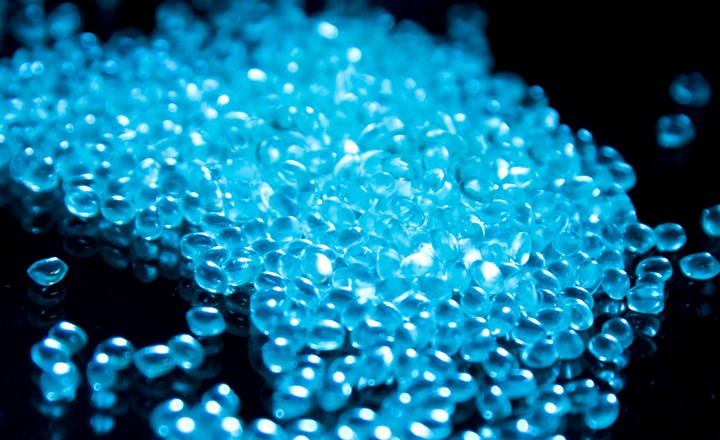Light Stabilizing Masterbatches for Polyolefin-Based Molded Automotive Components and More
CAI’s new HALS additives in concentrate form are concentrate form for compounders do not generate VOC or unintended odors.
Two new proprietary ‘premium’ light stabilizing additive concentrates targeted to the production of polyolefin-based compounds for automotive components and other applications are newly available from Massachusetts-based CAI Performance CAI Performance Additives, the sole North American distributor of China’s Starbetter Chemical Materials.

Both additives deliver hindered amine light stabilizers (HALS)) in a masterbatch format. Product ST-LST350 contains a single HALS while ST-LST850 contains two HALS in equal proportions. Both feature an additional active ingredient which can enhance polymer compatibility. According to CEO Richard Marshall, the key to these additives is they are not made by compounding methods, but produced through a proprietary reactive process, so no heat-history is present when used by compounders. No dust or liquids need be handled and they do not generate VOC or unintended odors.
These additives have been shown to be particularly useful in durable applications like automotive parts that need to withstand long periods of light exposure, and have been shown to be highly effective in PP, PE and TPO. Said Marshall, “The simple addition of this masterbatch can add huge value to your customers with superior resistance to clouding or fading surface qualities in final products. These new ST-LST products can be added straight to the hopper, unlike other liquid poured solutions that are process-intensive.”
Related Content
-
Let's Take a Journey into the World of Molding Thermosets – Part 1
There are many fundamental differences between thermosets and thermoplastics, from the way raw materials are furnished to the molder and the process in which parts are molded.
-
Prices Up for PE, PP, PS, Flat for PVC, PET
Trajectory is generally flat-to-down for all commodity resins.
-
How to Optimize Injection Molding of PHA and PHA/PLA Blends
Here are processing guidelines aimed at both getting the PHA resin into the process without degrading it, and reducing residence time at melt temperatures.

